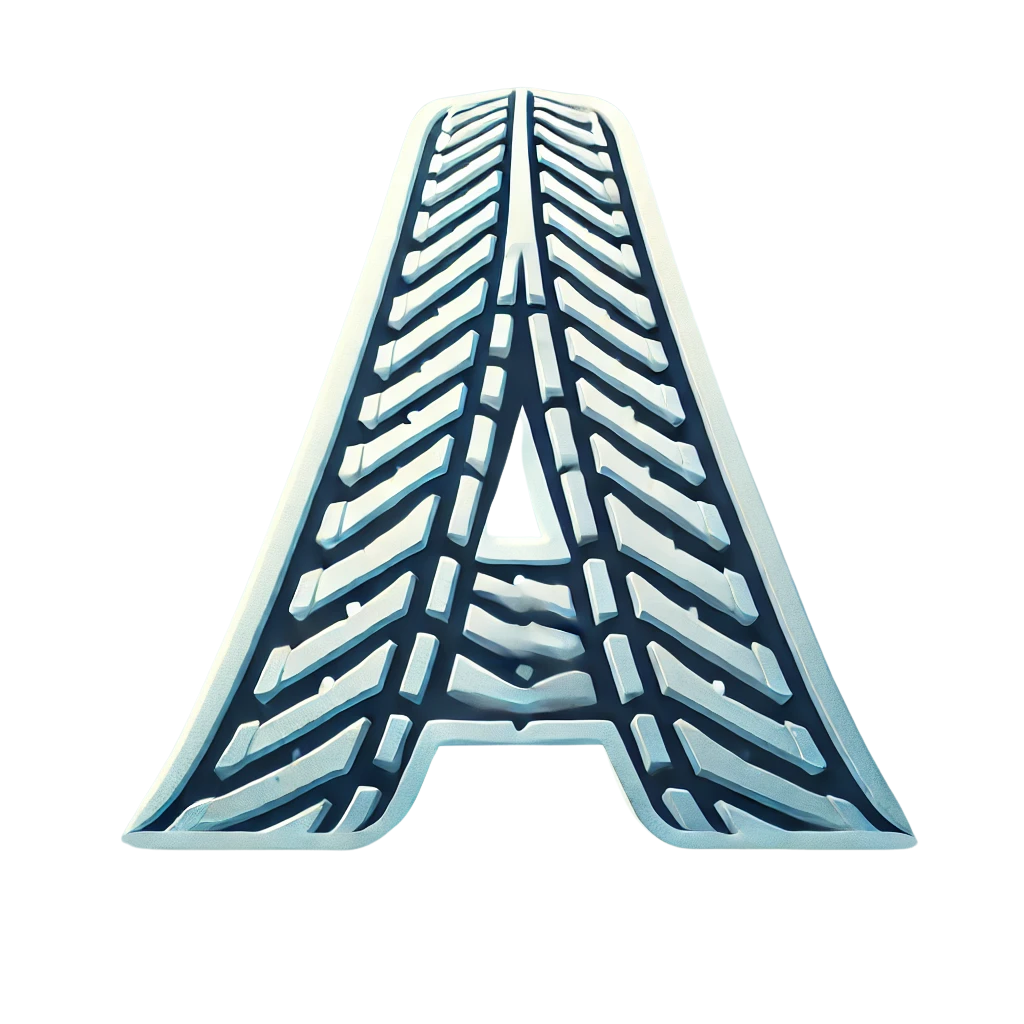Snowmobile Maintenance: The Complete Guide
Introduction
Maintaining your snowmobile isn't just about performance—it's about safety, reliability, and longevity. Whether you're riding through alpine powder or across frozen lakes, your snowmobile depends on regular care to operate at peak levels. Neglecting simple maintenance tasks can lead to serious breakdowns, costly repairs, or worse—accidents. This guide walks you through every major aspect of snowmobile maintenance, from basic inspections to recommended tools and seasonal preparation strategies.
Basic Checks
Every ride should begin with a quick but thorough inspection. Start with the throttle and brake levers—ensure smooth operation and responsive feedback. Look for frayed cables or worn linkage. Check all lights and gauges, making sure everything functions properly. A glance under the hood should reveal any signs of leaking fluids, worn hoses, or disconnected wires.
Track and Suspension
Your track should be free of missing lugs, and its tension must fall within the manufacturer's recommendations. A loose or over-tightened track can cause serious issues mid-ride. Examine the bogey wheels and hyfax slides for wear. Grease suspension pivot points regularly to ensure a smooth ride and to prevent premature failure.
Fluids
Engine oil (for 4-stroke) or proper 2-stroke injection oil must be checked and topped off. Don't forget about chaincase oil, brake fluid, and coolant levels if applicable. If the snowmobile sits for extended periods, always inspect fluid levels again before operating it.
Winterizing Your Snowmobile
Before the Season Starts
Getting your sled ready for winter means checking every system before the first snowfall. Replace spark plugs, inspect your clutch sheaves, and clean the carburetors or throttle bodies. Reinstall the battery and ensure it's charged. Look at fuel lines and fittings for cracks or stiffness caused by temperature fluctuations during storage.
After the Season Ends
End-of-season care is just as important. Stabilize the fuel, fog the engine, remove the drive belt to avoid compression set, and elevate the chassis so the suspension and track aren't under load for months. Remove the battery, store it indoors on a tender, and clean your sled thoroughly to remove salt or dirt before covering it.
Repairs: What You Can Fix at Home
With a good manual and the right mindset, many snowmobile repairs are beginner-friendly. Swapping worn hyfax slides, replacing a broken pull cord, or even rebuilding a clutch is possible with a little patience. Just take your time and follow torque specs and instructions carefully.
Common DIY Fixes
Replace spark plugs regularly. Change chaincase oil every season. Keep extra belts and tools for quick swaps. Inspect fuel filters and air intake for obstructions. Familiarizing yourself with your specific model will make it easier to diagnose and fix problems quickly.
Common Issues and How to Spot Them
Snowmobiles face a unique combination of cold, vibration, and terrain that can cause parts to fail. Keep an eye out for frayed wiring, loose fasteners, clogged fuel lines, or dirty carburetors. If your machine is bogging down or surging, the problem might lie in fuel delivery or air mixture settings.
Ignition Problems
No-start issues often trace back to ignition—test your spark plug by removing it and grounding it to the engine while pulling the starter. A visible spark confirms that your ignition coil and CDI box are functioning. Carry a spare spark plug on every trip, just in case.
Electrical Troubles
If lights or accessories cut out, inspect your fuse panel, wiring harness, and grounding points. Snow and ice buildup can short wires or freeze switch mechanisms. Clean connectors with dielectric grease during pre-season prep to avoid issues.
Tools Needed
No shop is complete without tools. Start with the basics: metric socket set, torque wrench, Allen keys, spark plug wrench, flat and Phillips screwdrivers, pliers, and a belt removal tool. Add a grease gun, a clutch puller, and a track tension gauge as you go deeper into DIY maintenance.
Garage Tools
A jack stand or snowmobile lift will save your back and protect the sled's frame. Overhead lighting and a magnetic tray for bolts help during longer jobs. A workbench with a vice makes tasks like replacing bearings or cutting cables much easier.
Trail Tools
When you're out riding, pack a small toolkit with a multi-tool, zip ties, spare plugs, belt, duct tape, and a few wrenches. A portable air pump and patch kit may also come in handy if your track gets punctured or misaligned during a ride.
Conclusion
Snowmobile maintenance doesn't need to be complex or overwhelming. With a little preparation, a good set of tools, and consistent upkeep, your sled can offer years of reliable service. Whether you're a casual weekend rider or a backcountry explorer, investing time into maintenance will keep your snowmobile running strong and safe all season long.
